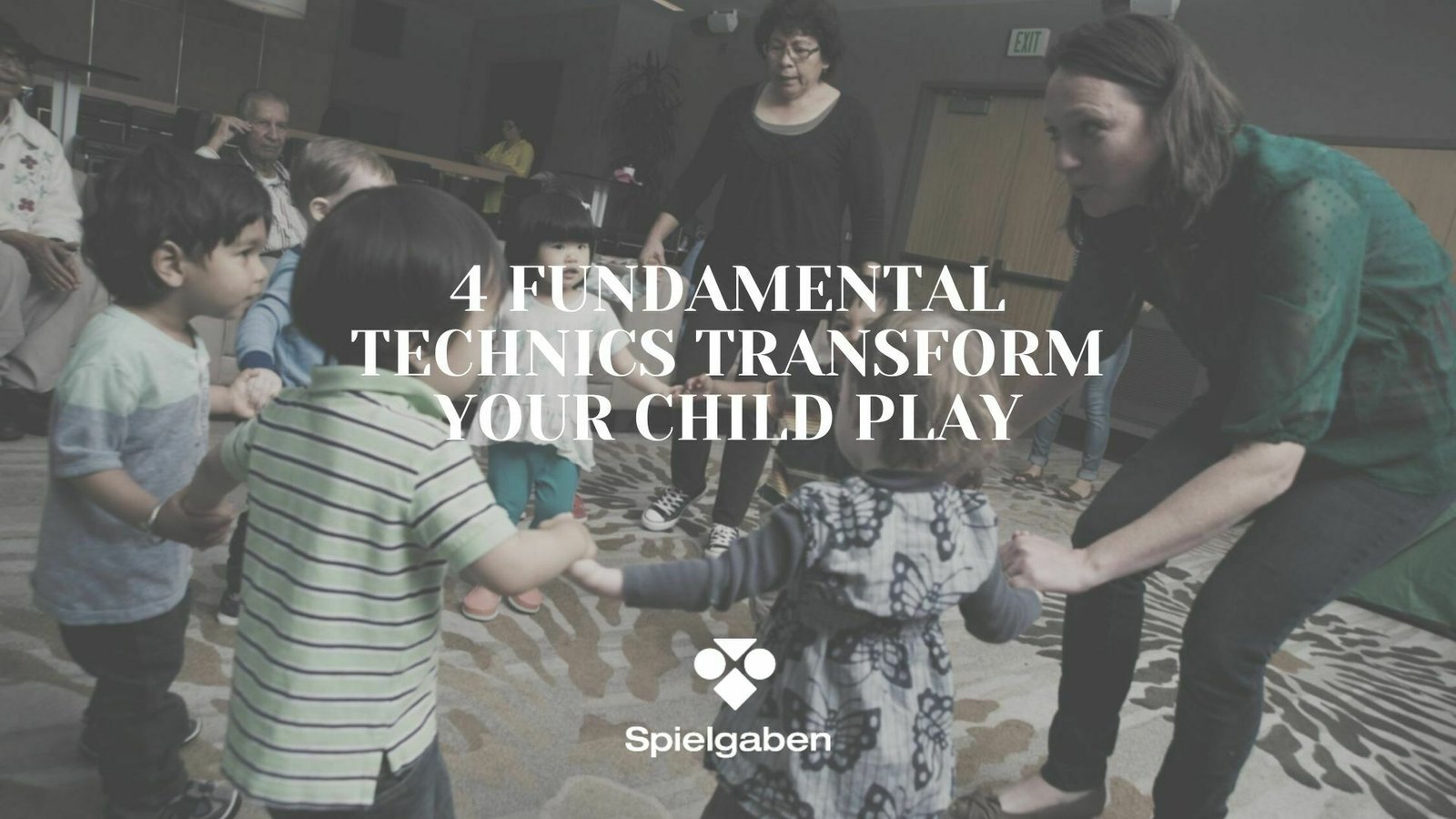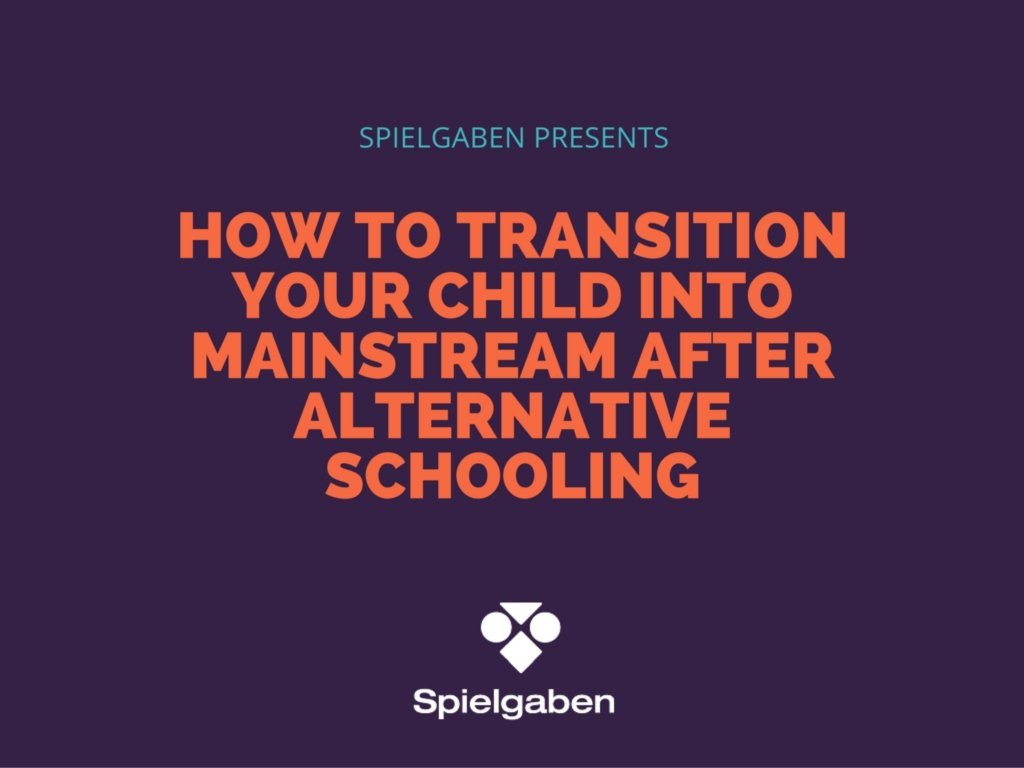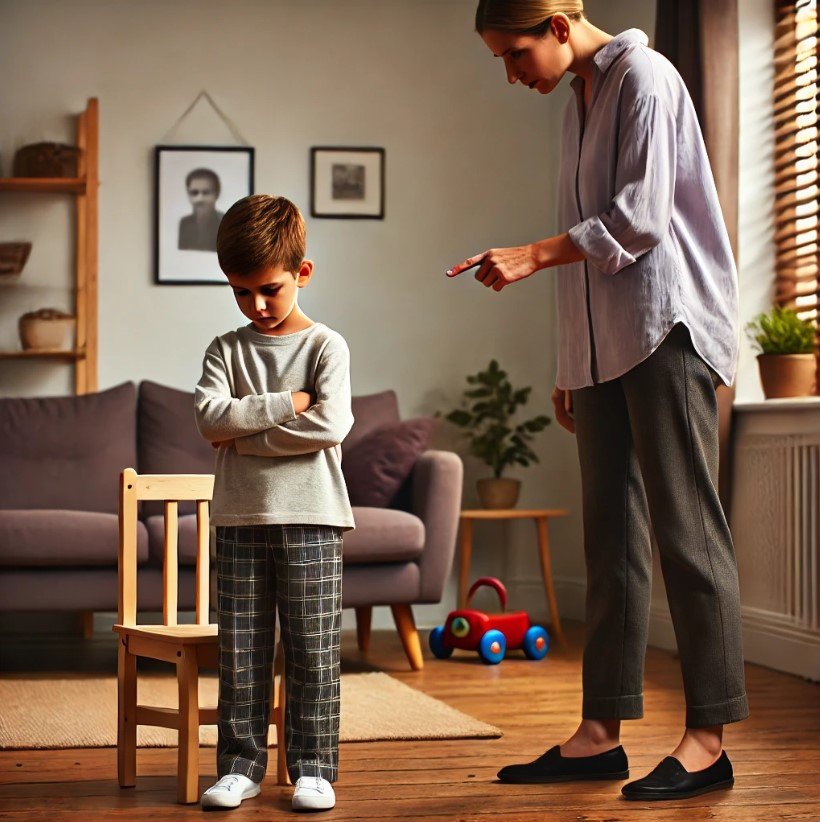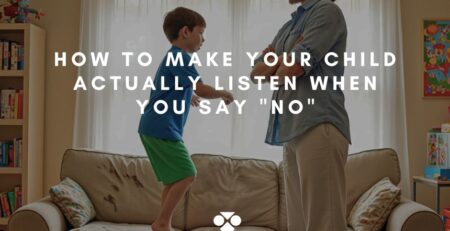How to Stop Feeling Helpless When Your Child Has a Meltdown (The 5-Second Brain Science That Changes Everything)
Picture this: You’re standing in Target’s cereal aisle when your 4-year-old erupts into a full-blown screaming fit because you won’t buy the sugary cereal with the cartoon character. Everyone’s staring. You feel that familiar wave of embarrassment wash over you as you wonder, “Am I a terrible parent?”
Here’s a shocking truth: 83% of parents admit they’ve felt completely helpless during their child’s emotional outbursts. But what if I told you that understanding one simple piece of brain science could transform how you handle these moments forever?
You’re about to discover why everything you thought you knew about tantrums is wrong—and how this knowledge will make you the calm, confident parent your child desperately needs.
The Life-Changing Truth Your Pediatrician Never Told You
Stop calling every outburst a “tantrum.” Because here’s what most parents don’t realize: tantrums and meltdowns aren’t the same thing at all.
Think of your child’s brain like a house with two floors. The upstairs is their “thinking brain”—logical, reasonable, and in control. The downstairs is their “survival brain”—pure instinct and emotion.
During a tantrum, your child’s thinking brain is still partially online. They’re frustrated, yes, but they can still glance over to see if you’re watching. They might even stop crying when they get what they want.
But during a meltdown? Their thinking brain has completely shut down. The survival brain has taken over, and they’re in full fight-or-flight mode. Reasoning with them now is like trying to have a conversation with someone who’s unconscious.
Why does this matter? Because the response your child needs for a tantrum (firm boundaries) is the complete opposite of what they need during a meltdown (safety and comfort).
The “Little Nero” vs. The Overwhelmed Child: How to Tell the Difference in 10 Seconds
Even within tantrums, there are two distinct types that require completely different responses from you.
Control Tantrums (The “Little Nero”)
- No real tears or genuine distress
- Child seems aware of their audience
- Behavior escalates when you give attention
- Often stops abruptly when ignored
Distress Tantrums
- Real tears and obvious emotional pain
- Child appears genuinely overwhelmed
- Behavior continues regardless of audience
- Stems from disappointment or feeling misunderstood
Here’s the tricky part: One can morph into the other instantly. Your child might start with a control tantrum demanding ice cream, but when they realize you won’t budge, genuine distress sets in. Now they’re crying because they feel unheard and disappointed.
Your job? Read the situation and respond accordingly. Control tantrums need boundaries. Distress tantrums need compassion.
Why Your 3-Year-Old Isn’t Actually Trying to “Manipulate” You
Stop feeling guilty about those moments when you think your child is deliberately pushing your buttons. The truth is, your toddler’s brain literally cannot manipulate you the way an adult would.
Their prefrontal cortex—the brain’s executive center—won’t be fully developed until they’re 25 years old. What looks like calculated scheming is actually a child drowning in emotions they can’t understand or control.
When your child throws themselves on the floor because you served chicken nuggets instead of mac and cheese, they’re not plotting against you. They’re experiencing feelings so big and overwhelming that their underdeveloped brain simply can’t cope.
This changes everything about how you should respond. Instead of seeing defiance, you can see a child who needs your help learning emotional regulation skills.
The 30-Second Rule That Will Save Your Sanity
When your child is having a true meltdown, their thinking brain is completely offline. Trying to reason with them is like trying to teach calculus to someone having a panic attack.
During these moments, brain chemistry literally prevents them from:
- Processing logical explanations
- Understanding consequences
- Responding to verbal instructions
- Learning from the situation
What should you do instead?
- Move them to a quiet, safe space
- Reduce sensory input (dim lights, lower noise)
- Offer your calm presence without talking
- Wait for the storm to pass
- Use gentle physical comfort if your child accepts it (light back rubs or holding)
- Stay nearby even if they push you away—your presence matters
- Validate their feelings once they start to calm down: “That felt really big, didn’t it?”
- Help them reconnect by offering water or a favorite comfort item
Save the teaching moments for later when their thinking brain comes back online. Because yes, it will come back—usually within 20-30 minutes.
The Secret Weapon Hiding in Your Own Stress Level
Here’s the most powerful parenting tool you never knew you had: your own emotional state.
Revolutionary research reveals that your stress level influences your child’s behavior more than their own emotional regulation skills. Read that again. Your calm is more powerful than their chaos.
When you stay regulated during your child’s outburst, you’re not just keeping yourself sane—you’re actively helping your child find their way back to calm. They literally borrow your emotional regulation until theirs kicks in.
This means:
- Taking deep breaths isn’t selfish—it’s strategic
- Managing your own triggers helps your child manage theirs
- Your self-care directly impacts your child’s emotional development
Think of yourself as your child’s emotional anchor. When the storm hits, they need you to be the steady rock they can cling to.
Your 5-Minute Action Plan for the Next Meltdown
The next time your child has an emotional outburst, ask yourself this instead of “How do I make this stop?”
“What is my child trying to tell me right now?”
Your immediate response checklist:
- Pause and breathe (regulate yourself first)
- Observe (tantrum or meltdown?)
- Respond accordingly (boundaries or comfort?)
- Stay present (your calm is their lifeline)
Start with just one of these steps. You don’t need to master everything at once. Pick the strategy that feels most manageable today and practice it.
Remember: Every meltdown is an opportunity for your child to learn emotional regulation—but only if you respond from a place of understanding rather than frustration.
When you shift from seeing outbursts as behavior problems to seeing them as developmental growing pains, everything changes. Your child gets the support they need, you feel more confident in your responses, and those grocery store moments become less about surviving and more about connecting.
Take the first step today: The next time your child melts down, simply breathe and remind yourself that their thinking brain is offline. This one shift in perspective will transform how you parent, how you feel, and how your child learns to regulate their big emotions.
Because when you understand the brain, you unlock the calm. When you model regulation, you teach resilience. When you respond with wisdom instead of worry, you become the parent both you and your child need.
Ready to dive deeper? Start implementing these brain-based strategies one meltdown at a time—because every child deserves a parent who understands their developing mind.













LEAVE A COMMENT